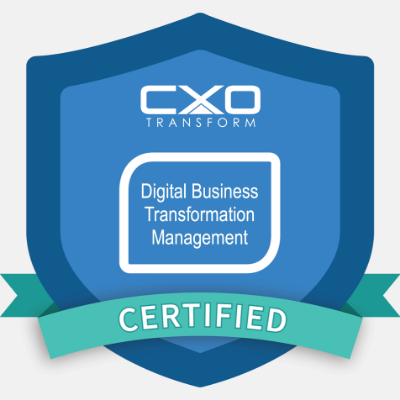 Staying competitive in today’s economy requires continuous re-invention of your products, services, and business models.
Staying competitive in today’s economy requires continuous re-invention of your products, services, and business models.
Corporations have all the ingredients and scale to be innovative, but they usually kill their ideas by applying the same processes and governance structures as they do in the applications development stage.
Instead, they could learn a lot from start-ups: ideate & prototype fast, get real customer feedback, accept failure and move on, instead of being obsessed with the methodology and the governance process.
The speed and complexity of technological changes and growing sophistication of the consumers require a very different approach to digital products design. It is no longer viable to take months to brainstorm ideas, write specs, publish RFTs and ponder on the design.
But the shift in digital product design is not only about shorter development cycles, it is also about reducing the risk of innovation and changing the way we think about design.
In his book Enchanted Objects, product designer and entrepreneur David Rose of the MIT Media Lab proposes the concept of “glanceable technology”: products that deliver value without demanding constant attention e.g. a watch that gets traffic reports and vibrates to let you know that you need to leave now, if you want to make the appointment on time.
To be successful, digital product design, therefore, requires a new set of skills – a combination of business analysis, research, psychology, marketing, and even software development, rather than just an ability to draw pretty pixels. We also need to be able to predict how will the product evolve in the future.
As the most famous hockey player Wayne Gretzky used to say: “To keep on winning the game, you need to skate where the puck is going to be, not where it has been”.
Digital Products Design with Design Sprints
A Design Sprint is a time-constrained, collaborative five-day process based on Design Thinking, Lean UX, Lean Business Model and Agile Development. Developed by Jake Knapp for Google Ventures, the process has been battle-tested by thousands of successful companies such as Google, Facebook, IBM, Lego, Netflix, Aviva, Slack and Irish Life.
Here is what the process looks like:
- UNDERSTAND THE PROBLEM (Understand the context, Understand the User, Map the Experience, Define the Problem)
- DIVERGE (Draft Use Cases, Get Inspired, Research, Create Sitemap, Sketch potential solutions)
- CONVERGE (Solution critiques, Decide on direction, Team sketching, Create a storyboard, Vote on the best idea)
- CREATE PROTOTYPE (Design Rapid Prototype, Write testing scripts, Finalise Prototype)
- TEST (Test with real users, Take notes, Review test results, Document Conclusion, and Recommend the way forward)
Design Sprints, when they are run correctly, can significantly reduce product development cycles and development costs, reduce the risk when bringing a new product or a product feature to the market, and deliver overall much better quality products.
They are a great alignment tool when there is little consensus on how to move forward and they vastly improve team integration and bonding.
Using Design Sprints, we can deliver in just a few days:
- A clear definition of the product goal and the context for evaluating the solutions
- Sketches of potential solutions
- An innovative, high-fidelity prototype of the selected solution
- Product validation thorough prototype testing with the real users
- High-level Minimum Viable Product definition (MVP)
- Suggested Product Roadmap
